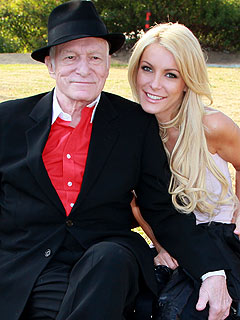TOKYO (Reuters) - Asian shares rose on Wednesday buoyed by strength in global equities markets, hopes of a deal from U.S. budget talks and expectations for more stimulus from the Federal Reserve when it ends its two-day policy meeting later in the day.
Oil, copper and gold prices were also underpinned while the dollar remained broadly pressured, but the yen weakened against the dollar on expectations the Bank of Japan will take additional easing steps at its policy meeting next week.
European shares were expected to climb, with financial spreadbetters predicting London's FTSE 100 <.ftse>, Paris's CAC-40 <.fchi> and Frankfurt's DAX <.gdaxi> will open as much as 0.4 percent higher. But a 0.1 percent drop in U.S. stock futures hinted at a soft Wall Street open. <.l><.eu><.n/>
MSCI's broadest index of Asia-Pacific shares outside Japan <.miapj0000pus> gained 0.5 percent to a 16-month peak. The index has hit successive 16-month highs since December 5.
Australian shares <.axjo> were up 0.2 after touching a nearly 17-month peak, as higher commodities prices lifted the resources sector.
London copper steadied at $8,103.50 a metric ton (1.1023 tons), near two-month highs, while spot gold inched up 0.1 percent to $1,710.65 an ounce. U.S. crude futures were little changed at $85.81 a barrel and Brent rose 0.2 percent to $108.25.
"No doubt about it, the liquidity from the U.S. Fed is a good driver for prices," said Henry Liu, head of commodity research at Mirae Asset Securities in Hong Kong, adding that copper is also supported by a recovery in China and the United States.
While mainland markets remained sluggish, Hong Kong shares <.hsi> rose to a 16-month high, underpinned by foreign investors' optimism on China.
In China, "it's tough to get a clear picture of what's happening on the ground but you can infer that domestic investors remain relatively pessimistic," a Hong Kong-based fund manager said.
South Korean shares <.ks11> added 0.6 percent, shrugging off news that North Korea launched the second rocket this year earlier on Wednesday.
Japan's Nikkei share average <.n225> rose 0.6 percent to end at its highest in nearly eight months, led by gains in tech shares and other exporters on the weak yen. <.t/>
The euro popped back above $1.3000, pulling away from a two-week low of $1.2876 plumbed on Friday.
The Fed is expected to announce a fresh round of bond buying as part of its efforts to support a fragile economic recovery threatened by political wrangling over the government's budget. The central bank looks certain both to extend its purchases of mortgage-backed debt and replace another expiring stimulus program with a new bout of money creation.
Against the yen, the dollar rose 0.2 percent to 82.65 yen.
Data on Wednesday showed Japan's core machinery orders rose 2.6 percent in October from the previous month, up for the first time in three months but below a 3 percent rise forecast, highlighting how uncertainty over the global outlook continued to weigh on business investment and the broader economy.
India's industrial production, in contrast, soared by 8.2 percent in October from a year earlier, government data showed on Wednesday, well above a 4.5 percent rise forecast.
Investors also closely followed developments in U.S. budget talks to avert the "fiscal cliff," some $600 billion of tax hikes and spending cuts scheduled to start in January, which economists have warned could send the U.S. economy into recession and drag down the fragile global economy.
Negotiations to avert the "fiscal cliff" ahead of a year-end deadline intensified as President Barack Obama and U.S. House of Representatives Speaker John Boehner spoke by phone on Tuesday after exchanging new proposals, in a possible sign of progress ahead of the end-of-year deadline [ID:nL1E8NB6UF]
A group of high-profile chief executives urged President Barack Obama and Republican congressional leaders on Tuesday to strike a deal, reflecting mounting urgency to resolve the issue with time running out.
"Definitely the momentum is to the upside," said Stan Shamu, a market analyst at IG Markets. "Everyone seems to be pricing in a fairly positive outcome to the fiscal cliff negotiations as well."
(Additional reporting by Maggie Lu Yueyang in Canberra and Vikram Subhedar in Hong Kong and Melanie Burton in Singapore; Editing by Jacqueline Wong)










